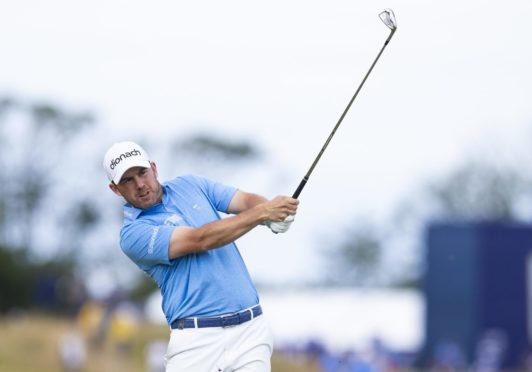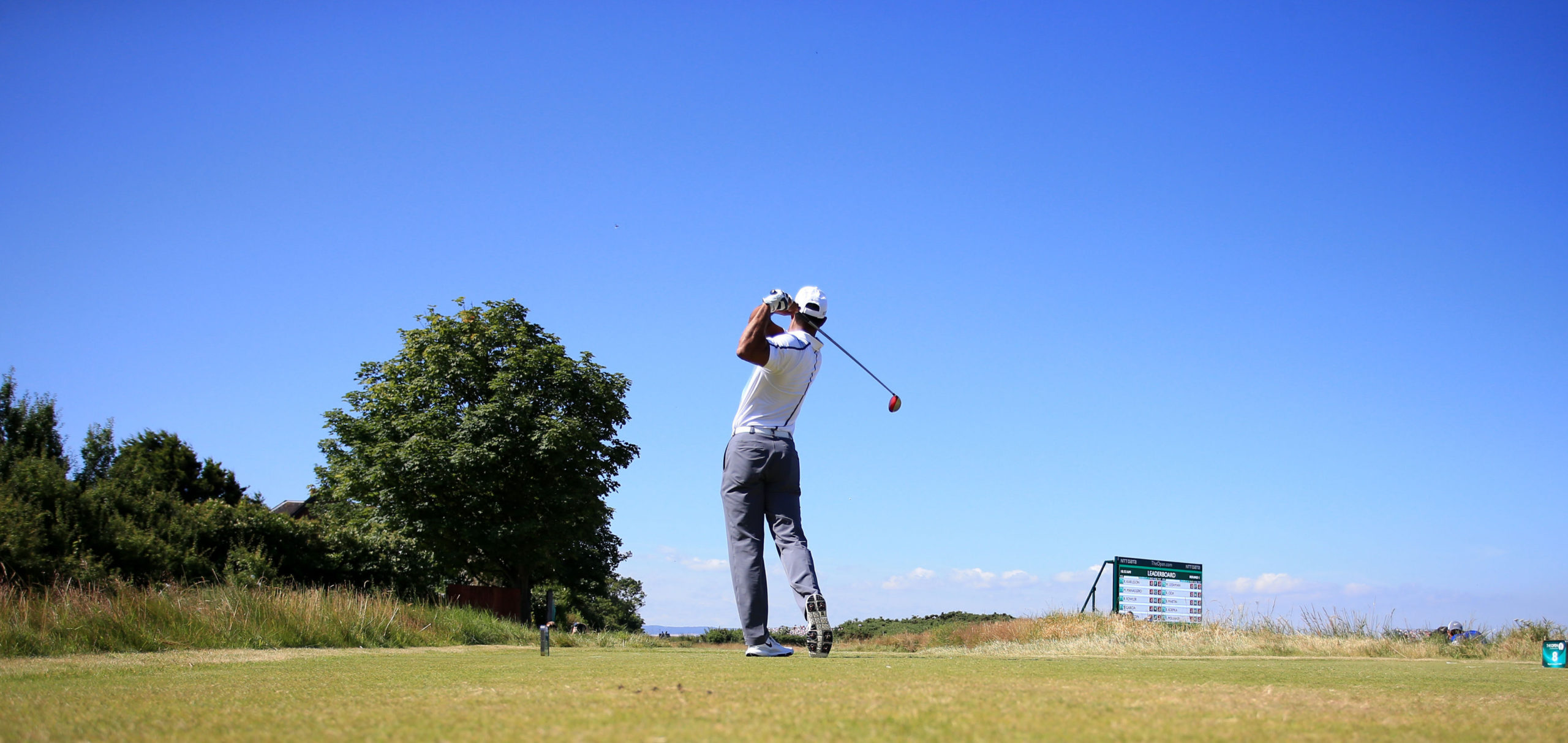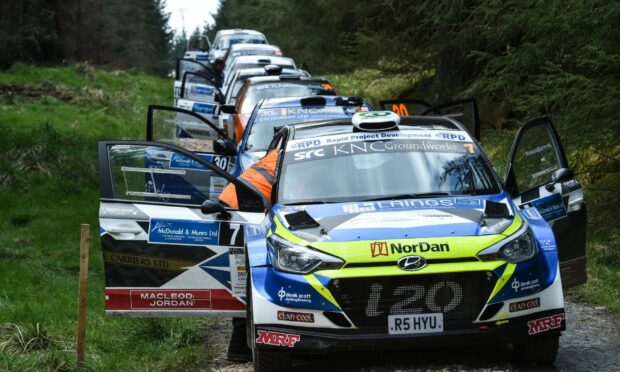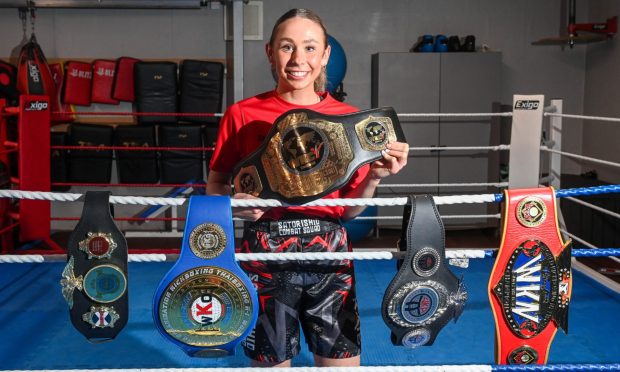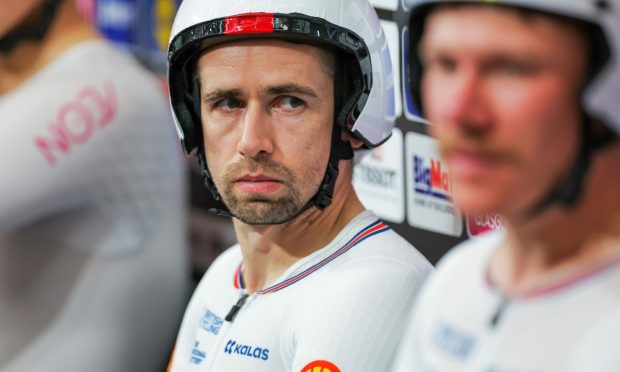The distance debate has long been one of golf’s most controversial topics but hopefully 2020 is the year something substantial is done to tackle the issue.
Earlier this year the R&A and USGA published the Distance Insights Report which laid out their intention to limit the length the ball travels off the tee.
Opinion is divided over whether such measures should be introduced. Club and ball manufacturers would strongly oppose any rules that prevent them producing new clubs which give players an extra 10 yards off the tee.
Many golfers believe the new technology is available for all and therefore offers no real advantage to one player.
But I strongly feel the distance the ball travels means we are losing the skill element in the game.
I listened recently to the Fried Egg Golf Podcast with Geoff Shackleford, which covered this topic really well.
The main issue is the size of the driver head. Driving off the tee, with the smaller driver, used to be about technique and shaping the ball.
Now, the driver head is so big you can just stand up and whack it. The technology takes care of the margin of error.
The premium used to be on hitting fairways, now it is a power game.
Some courses that were very tricky are now playing pretty easy for the top players because of the distance the ball travels.
Driving has become an easier part of the game for many players when it used to be one of the most challenging.
This means players don’t have as much scar tissue when it comes to hitting bad shots off the tee.
We have all seen what can happen mentally when a player hits a bad shot. It can knock you off your whole round but that is something many players don’t have to deal with any more because the drivers are so forgiving.
The technology is also creating financial implications for some golf clubs who are building new tees and greens to lengthen holes in order to maintain the same level of difficulty.
They have to find more land, which costs a lot of money, to make the courses longer and if courses are longer then rounds take longer.
We are in an age when playing golf for longer is not better. People want quicker rounds because everyone is so pressed for time these days.
The average golf club doesn’t have the money to buy new land but there is a pressure to make changes because golfers want to play testing courses.
Something needs to be done and it should have been done at least five years ago.
The distance report sets out some possible measures that could be taken, such as altering the club and ball specifications, but I don’t foresee anything changing in the next two or three years.
It will take a long time to embed these changes, but it needs to be done sooner than later for the good of the game.
